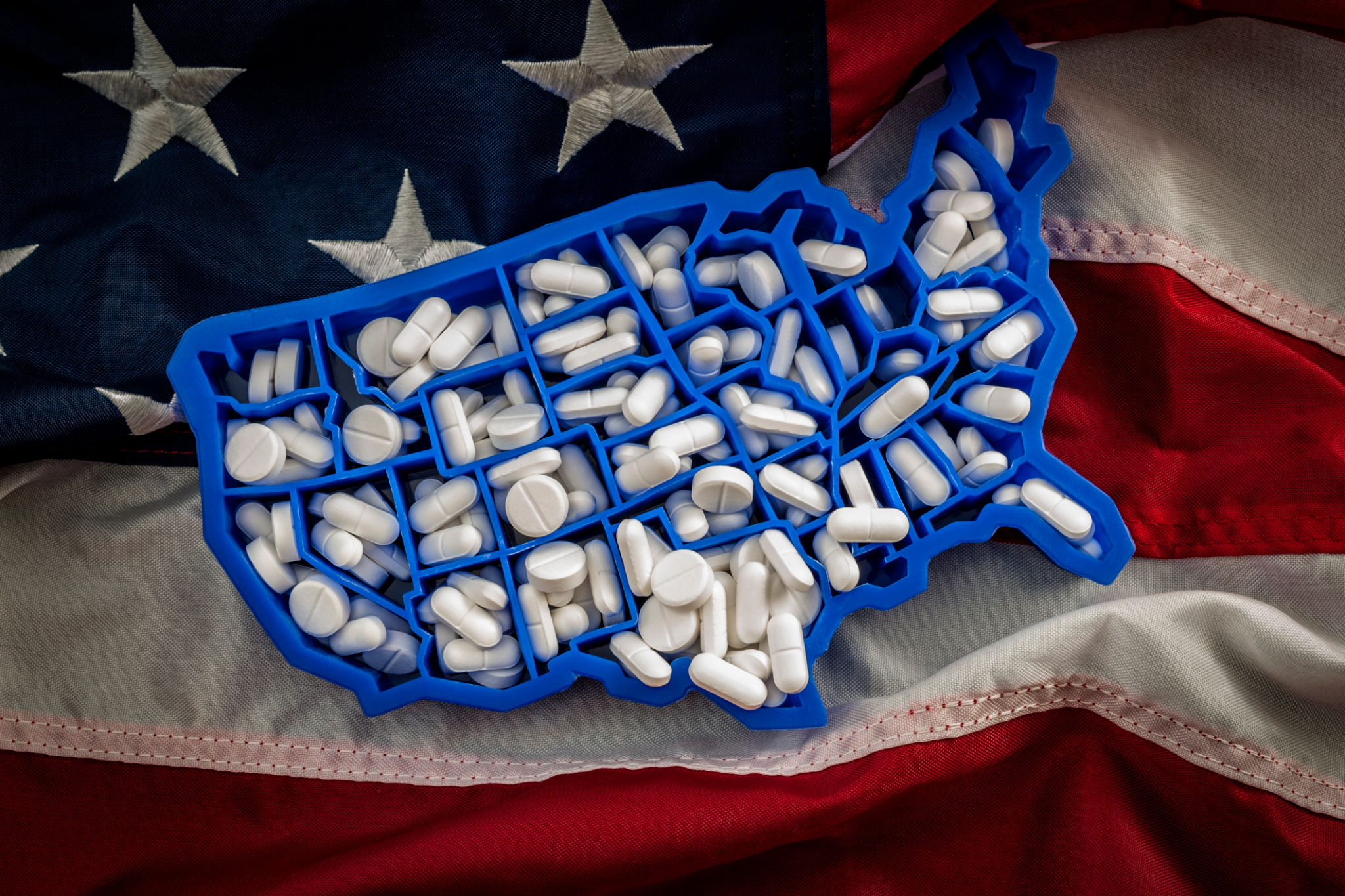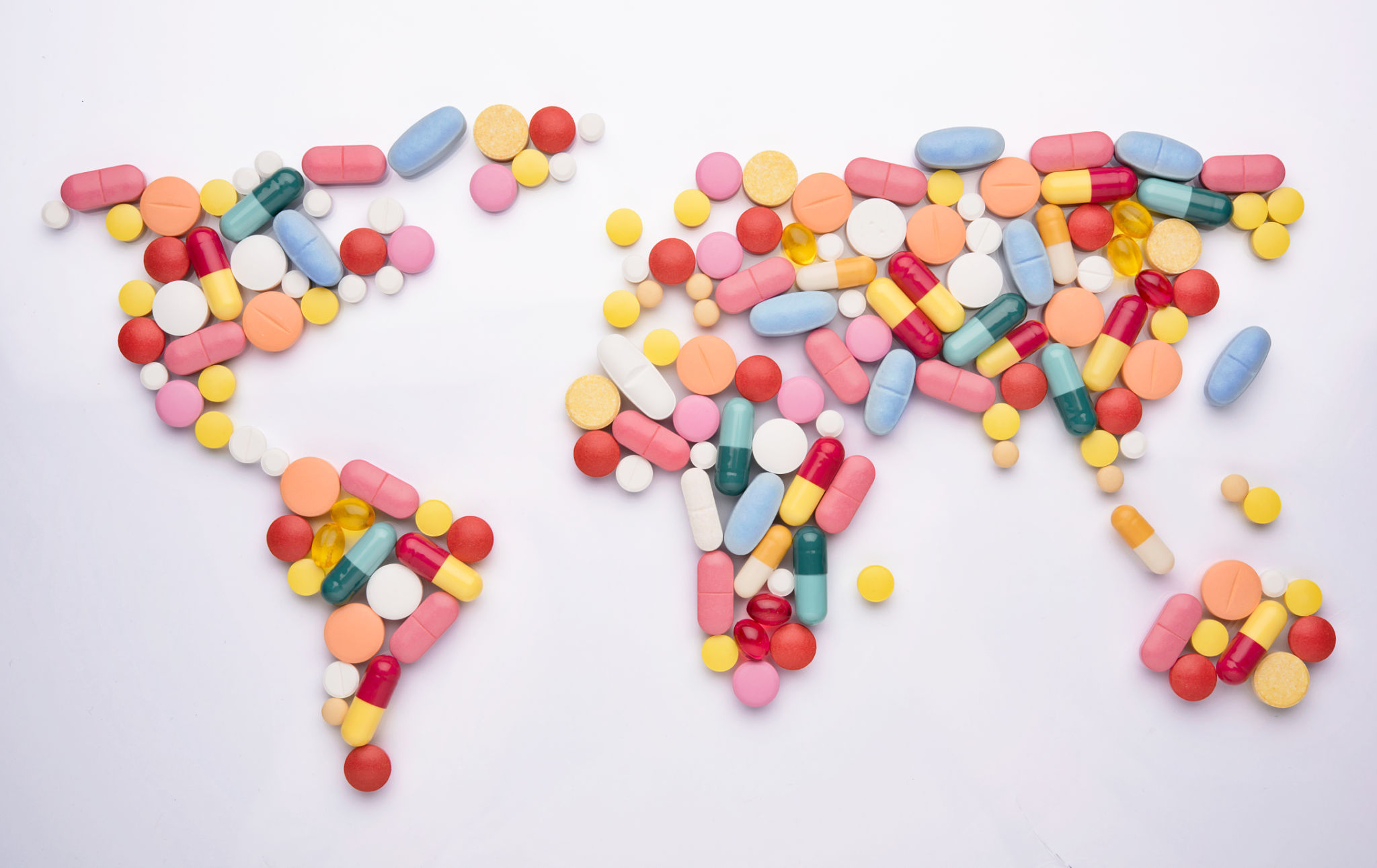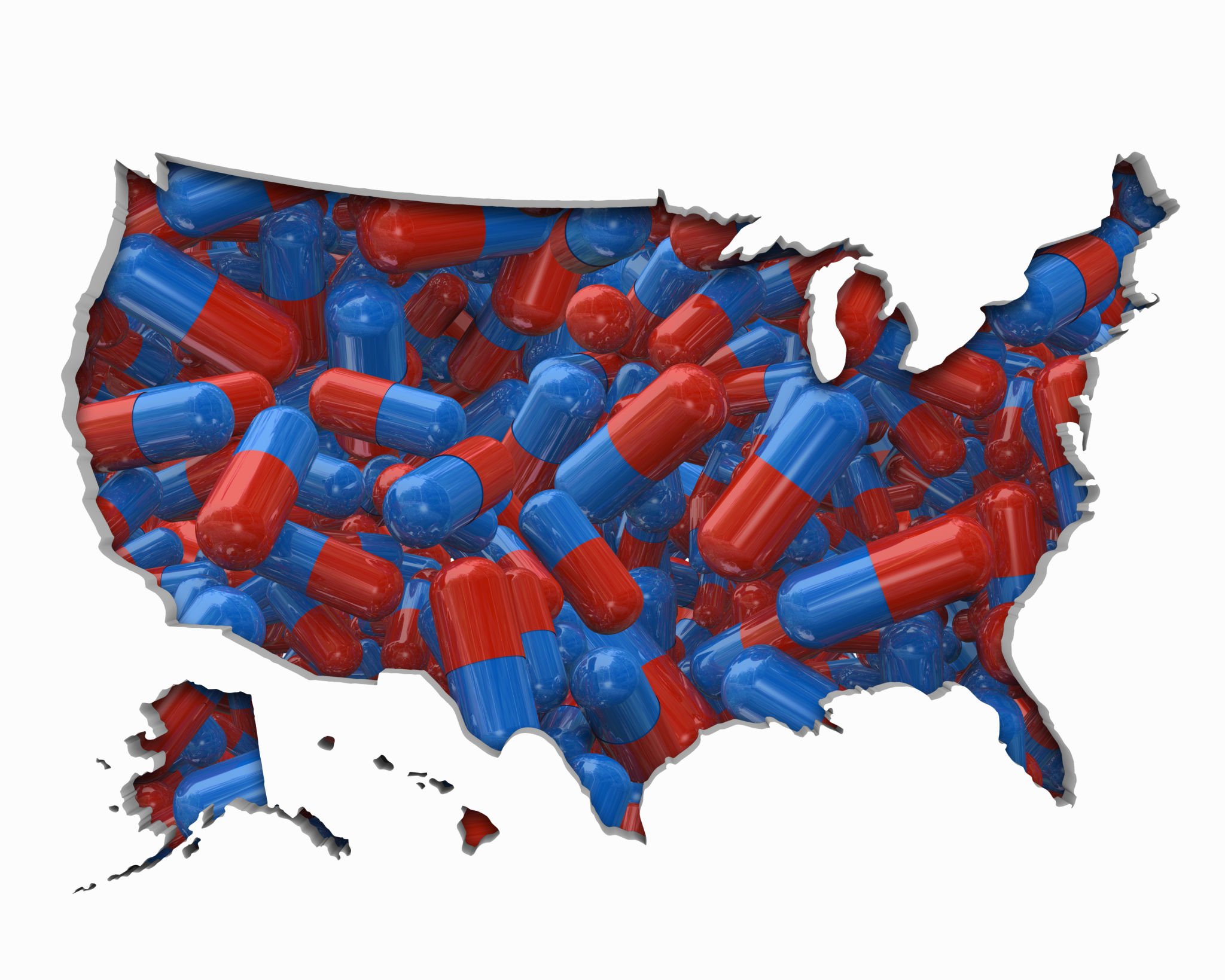The American Prescription Paradox: A Global Perspective on Drug Access
The American Prescription Paradox: A Global Perspective on Drug Access

America stands alone among developed nations in how it restricts access to prescription medications. While patients in Mexico, much of Europe, and developing nations can purchase many medications directly from pharmacists, Americans must navigate a complex web of appointments, prescriptions, and insurance approvals to access the same drugs.
This disparity raises fundamental questions about medical paternalism, pharmaceutical economics, and whether America's prescription-only system truly serves public health or corporate profits.

The Global Reality: Most Countries Trust Their Citizens
Walk into a pharmacy in Mexico City, Rome, or Lagos, and you will find a different world. Pharmacists, trained healthcare professionals, can dispense antibiotics, blood pressure medications, and even some controlled substances based on their clinical judgment and patient consultation.
The World Health Organization's data reveals that over 100 countries allow pharmacist-initiated therapy for common conditions. In these nations, pharmacists serve as accessible healthcare providers, not merely prescription fillers.
Consider the evidence from countries with more liberal pharmacy access:
Mexico: Despite over-the-counter availability of many prescription drugs, addiction rates for most pharmaceuticals remain lower than in the United States
Chile: Implemented pharmacist prescribing in 2004, resulting in improved health outcomes and reduced healthcare costs
United Kingdom: Pharmacist prescribing has expanded steadily since 2003, with demonstrated safety and efficacy
The American Exception: Following the Money

The United States maintains one of the world's most restrictive prescription systems, classifying hundreds of medications as prescription-only that are available over the counter elsewhere. This creates a mandatory checkpoint system where every medication transaction requires physician approval.
The economic incentives are clear:
Physician visits: Each prescription renewal generates office visit revenue
Insurance intermediaries: Prescription requirements create justification for insurance oversight and copayment structures
Pharmaceutical pricing: Prescription-only status enables higher profit margins through reduced competition
A 2023 analysis by the Commonwealth Fund found that Americans pay 2.5 times more for prescription medications than citizens of comparable countries, many of which have more liberal pharmacy access policies.

The Bipartisan Consensus on Control
Perhaps most telling is the remarkable bipartisan support for maintaining America's prescription-only system. While Democrats and Republicans disagree on healthcare funding and insurance models, both parties consistently support expanding prescription-only classifications.
Recent legislative examples include:
2019: Bipartisan support for reclassifying several over-the-counter medications as prescription-only
2021: Both parties supported increasing FDA oversight of pharmacy-dispensed medications
2023: Unanimous Senate support for stricter prescription requirements for certain antibiotics
This consensus suggests that the current system serves interests beyond public health, interests that transcend traditional political divides.
The Safety Argument: Does the Evidence Support It
Proponents of America's restrictive system cite safety concerns. However, international evidence challenges this justification.
Antibiotic resistance: Despite easier access to antibiotics in many countries, antibiotic resistance rates in the United States match or exceed those in nations with pharmacy-dispensed antibiotics. A 2022 study in The Lancet found no correlation between prescription requirements and resistance rates
Medication errors: Countries with expanded pharmacist authority show lower rates of medication errors and adverse drug events, according to research published in the American Journal of Health System Pharmacy
Addiction rates: For non-opioid prescription medications, addiction rates in the United States exceed those in most countries with more liberal access policies

The Pharmacist as Healthcare Provider
In much of the world, pharmacists function as accessible healthcare providers. They diagnose common conditions, recommend treatments, and monitor patient outcomes. Their extensive training, typically four to six years of specialized education, qualifies them for this role.
American pharmacists receive comparable training but are legally restricted from exercising clinical judgment. This represents a massive underutilization of healthcare expertise, particularly in areas with physician shortages.
Global Supply Chains, Local Restrictions
The irony deepens when considering that many medications restricted in America are manufactured in countries with liberal pharmacy access. India and China produce generic versions of drugs that Americans can only access through prescription, often at a fraction of the cost.
This creates a perverse situation where American pharmaceutical companies source ingredients and finished products from countries that trust their citizens with direct access to the same medications.
The Path Forward: Evidence-Based Reform
Several reforms could align America's prescription policies with international best practices
Expand pharmacist prescribing authority: Allow pharmacists to diagnose and treat common conditions, following models successful in the UK, Canada, and Australia
Reclassify low-risk medications: Move medications with established safety profiles from prescription-only to pharmacy-dispensed status
Implement tiered access: Create intermediate categories between prescription-only and over-the-counter, allowing pharmacist discretion for appropriate medications
Transparent cost analysis: Require economic impact assessments for all prescription-only classifications, examining whether restrictions serve public health or economic interests

Conclusion: Questioning American Exceptionalism
America's prescription-only system represents a form of medical paternalism that most of the world has rejected. While marketed as patient protection, the evidence suggests it primarily protects pharmaceutical profits and medical monopolies.
The time has come to examine whether America's exceptional approach to prescription access serves its citizens or whether it simply serves those who profit from American patients' dependence on an increasingly expensive and restrictive healthcare system.
True healthcare reform may require not just changing how we pay for medications but questioning who gets to decide when we need them in the first place. The system needs to change; we need the options that are available, not what they choose for us.